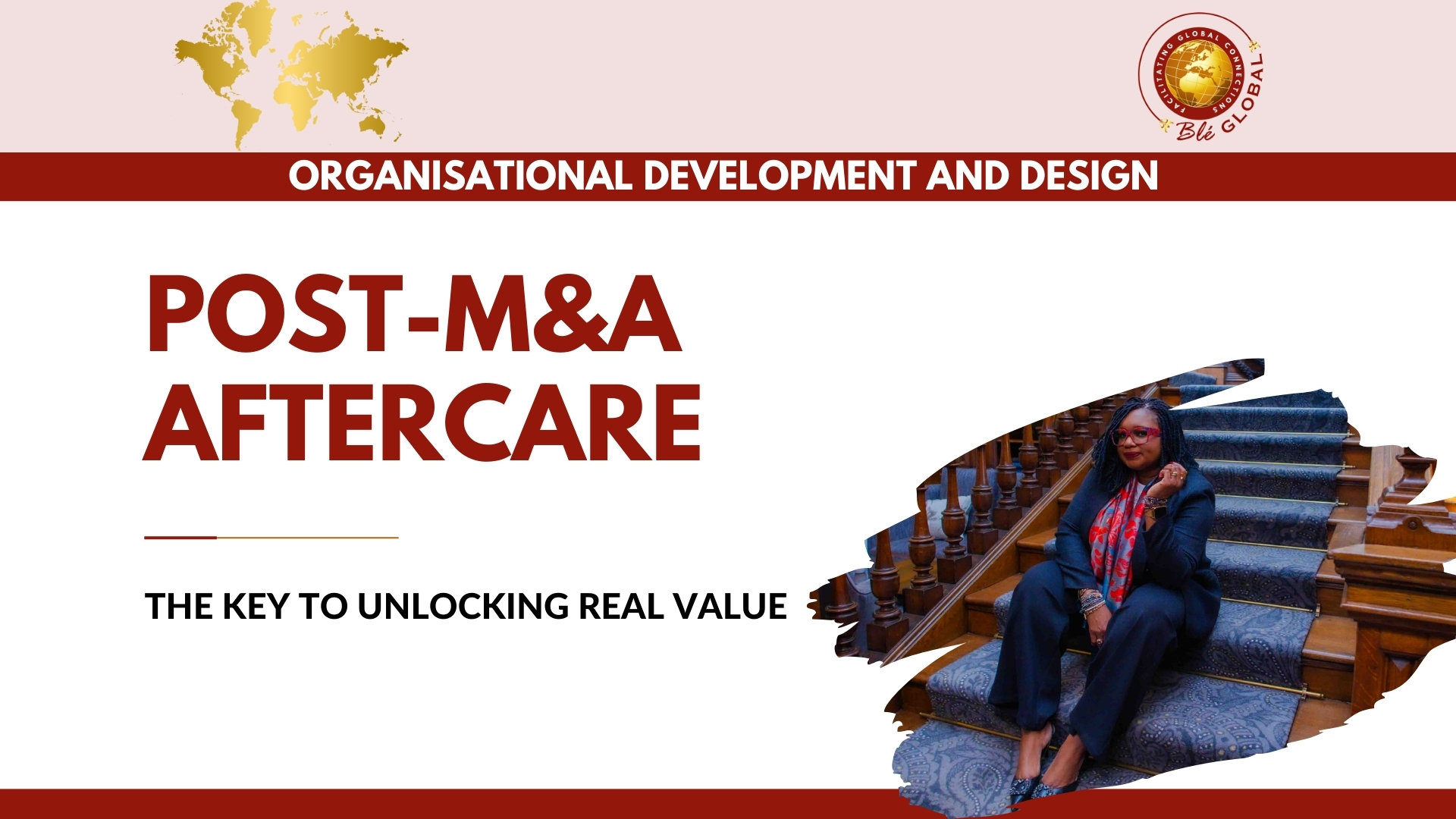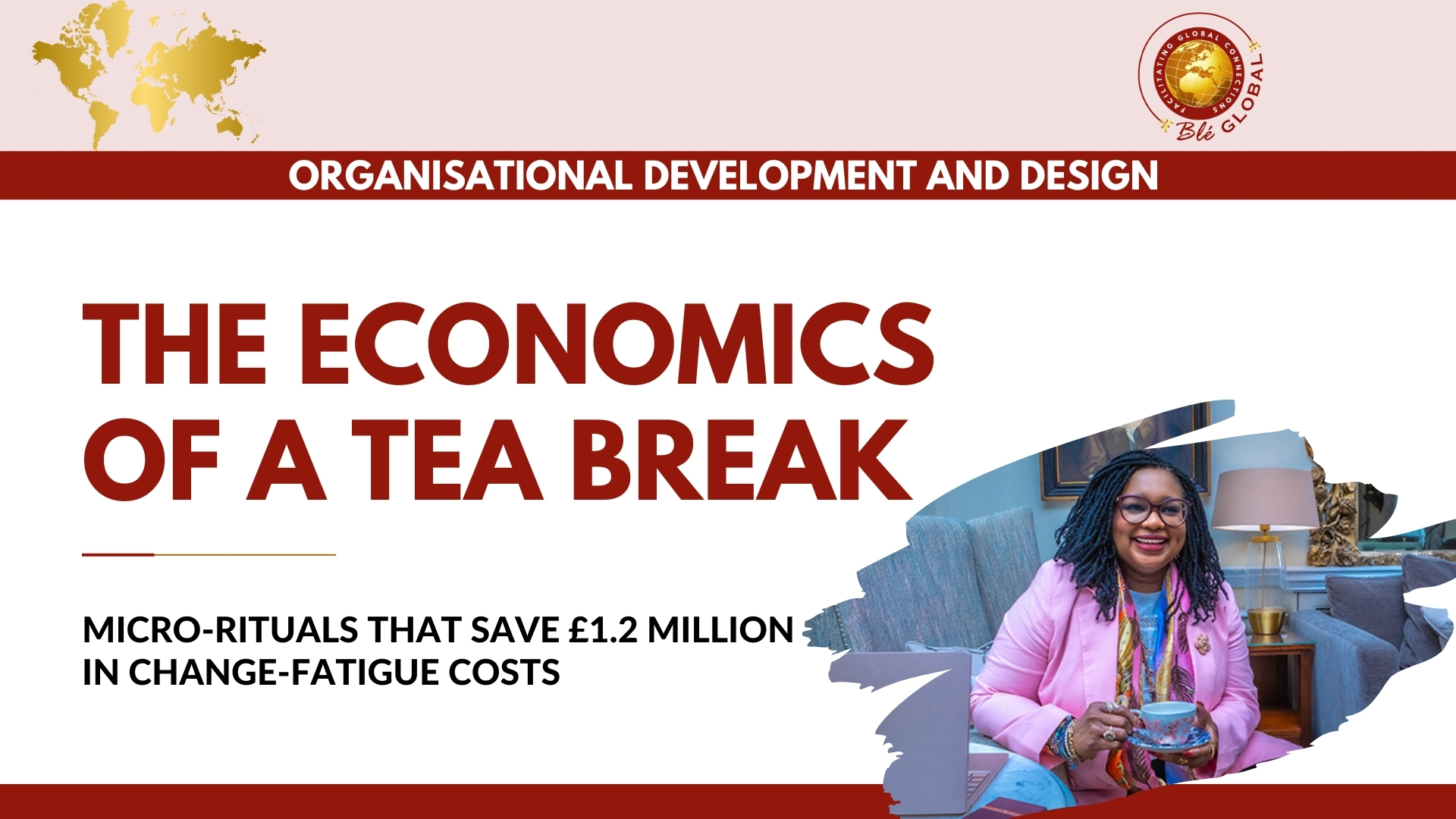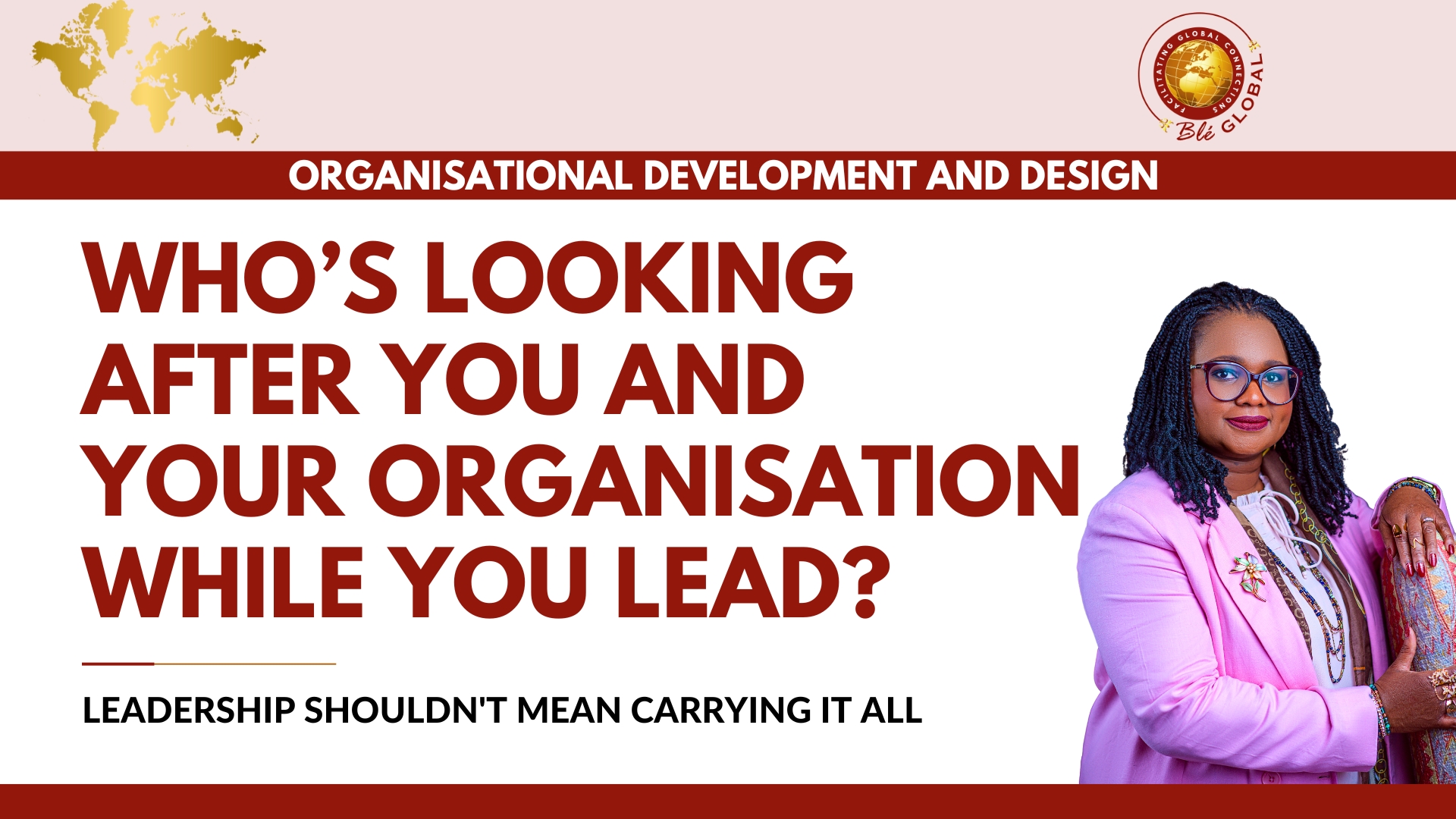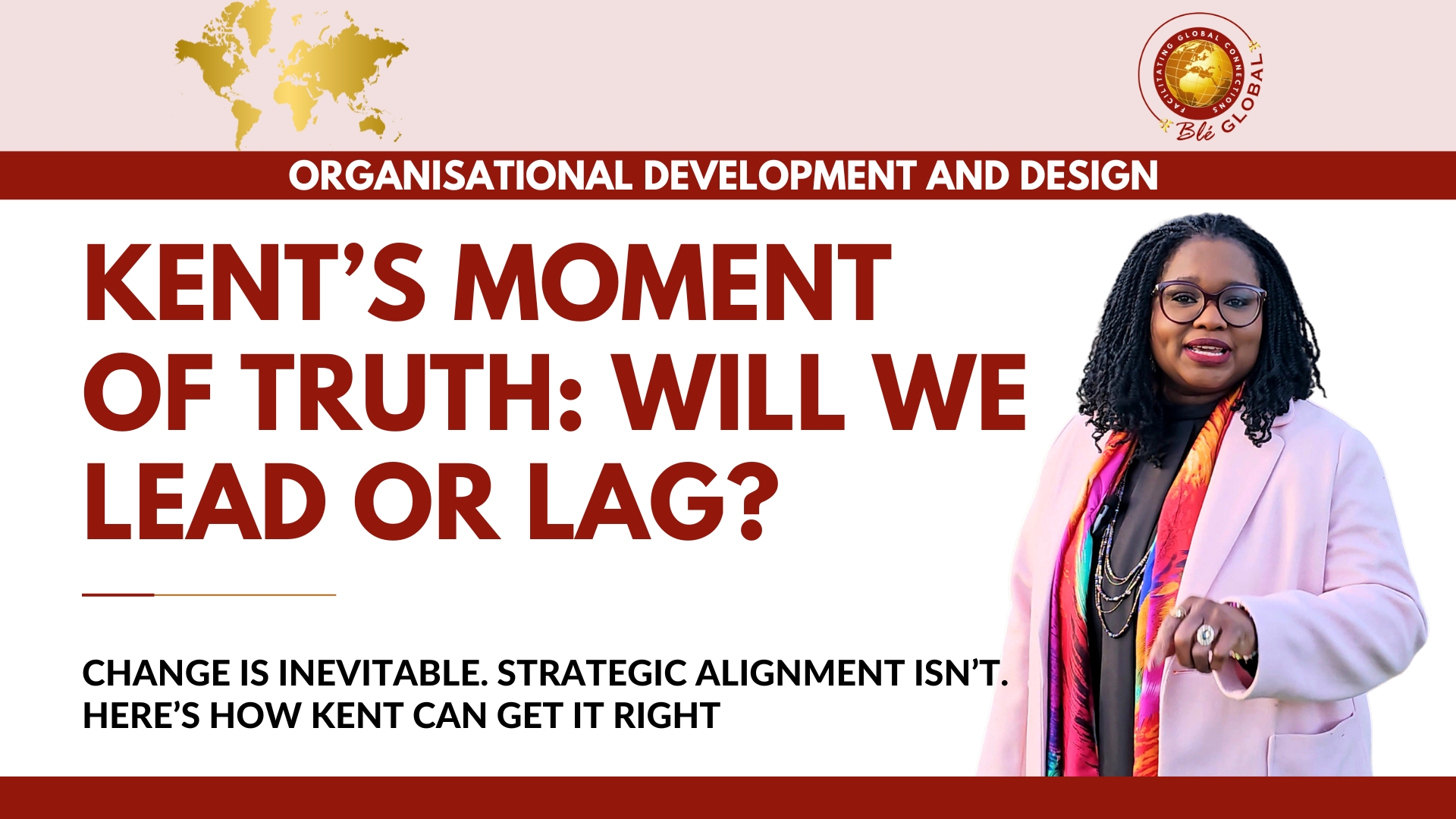Steam curls from the mug. The kettle clicks off. Someone exhales, stirring two sugars into…
We’ve all seen the headlines “Mega-Merger Announced!” or “Acquisition to Drive Market Share!” The excitement is palpable. The projections are promising. The press releases paint a picture of seamless growth.
But what happens after the ink dries?
The real challenge begins once the deal is signed. The focus shifts from acquisition to integration, a phase that determines whether the deal delivers its intended value or becomes another statistic in the long list of failed M&A transactions.
Merging two organisations requires more than financial alignment. It demands integration across cultures, leadership, decision-making processes, and ways of working. It’s about bridging two distinct corporate identities while maintaining the strengths of both. Yet, too often, this critical phase is underestimated or approached with a checklist mentality rather than a strategic lens.
The Unseen Risk: Cultural and Organisational Misalignment
Imagine bringing together two successful but vastly different teams. One thrives on rapid decision-making and informal collaboration. The other operates through hierarchical structures and meticulous processes. Now picture these two groups working together under one brand, one mission one leadership.
Without a clear integration strategy, friction builds. Communication breaks down. Productivity drops. The numbers stop making sense. Key talent starts leaving. What looked like a well-calculated business move suddenly becomes an operational nightmare.
It’s no surprise that 70% of M&A transactions fail to realise their projected enterprise value. The culprit? Misalignment in culture, leadership and execution.
This goes beyond perks or office traditions. It’s about how teams make decisions, how leaders communicate, and what values shape behaviour. These elements define the way people work, and when they clash, they silently erode everything the deal was supposed to achieve.
Integration: The Real Work Begins After the Deal
Picture the boardroom discussion months after a major acquisition. Financial forecasts aren’t matching reality. Teams are disengaged. Leaders are struggling to unify the workforce. The question on everyone’s mind: “Where did we go wrong?”
The answer lies in the aftercare of the integration process.
M&A success depends on what happens after the deal is signed. Integration requires leadership, strategic alignment, and deliberate execution. Yet, many organisations rush to consolidate functions without addressing how people will work together, communicate, and drive shared goals.
The Edge in Integration
Due diligence and financial planning can be impeccable, but without a structured plan for integration, significant value is left on the table. This is where Integration Edge becomes essential.
It’s more than a service, it’s a strategic approach to ensuring that organisational structures, leadership, and culture are aligned for long-term success. It provides the tools, frameworks, and insights needed to turn a merger into a fully integrated, high-performing organisation.
True M&A success is measured not by the acquisition itself but by how well the integrated organisation functions long after the deal is closed.
Shifting the Narrative: From Deal-Making to Value Creation
The conversation around M&A needs to change. It’s time to move beyond the “done deal” mentality and focus on how organisations sustain value beyond the transaction.
Let’s redefine success, not just by the acquisition, but by the strength of the integrated organisation.
Because in the world of M&A, true success is not about closing the deal. It’s about making it work.
Author: Dr. Blessing Enakimio
Blé Global - Facilitating Global Connections




